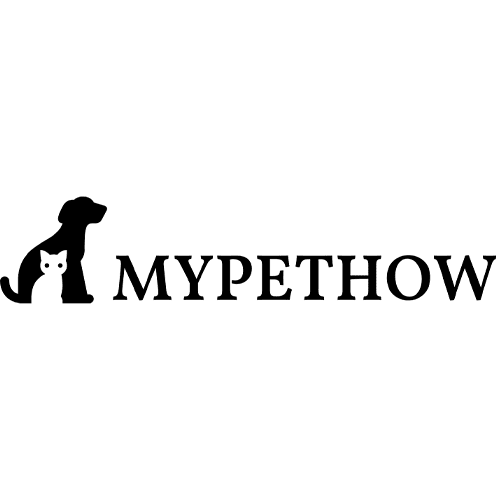From the simplest of wheat straw to the aromatic pine straw, let’s delve into the world of straw bedding for dogs. Learn about the pros and cons of using straw, how it stacks up against other natural materials, and how to determine what’s best for your furry friend’s comfort. This guide will explore why straw is a popular choice, its possible drawbacks, and how to make informed decisions about your dog’s bedding. Let’s embark on this journey to give your outdoor dog the warmest and most comfortable sleep.
Why is straw used for dog bedding?
Straw is a popular choice for dog bedding because it is an affordable, natural, and renewable resource. It provides insulation and warmth, keeping your dog comfortable in their outdoor house or kennel. Straw is the dry stalk of cereal plants like wheat, barley, and oats, often used as livestock bedding.
Is straw terrible for dogs?
Straw is generally safe for dogs, but some dogs may have better options. Some dogs may be allergic to straw, causing itchiness and discomfort. Straw can also be dusty, irritating a dog’s respiratory system. It’s essential to monitor your dog for any signs of discomfort and to choose a bedding material that best suits their needs.

What are the different types of straw used for dog bedding?
Several types of straw are commonly used for dog bedding, including wheat straw, barley straw, and oat straw. Wheat straw is the most common and is known for being the least dusty, making it a good choice for dogs with allergies. Barley straw is softer but can be dustier than wheat straw. Oat straw is the dustiest straw and may not be the best choice for dogs with respiratory issues or allergies.
How does pine straw compare to other types of straw?
Pine straw, also known as pine needle mulch, is made from fallen needles of pine trees. It is a popular landscaping material and can be used as dog bedding. Pine straw offers some benefits over traditional straw, such as being more resistant to mold and mildew and having a pleasant scent. However, it may not provide the same level of insulation and warmth as other types of straw, and some dogs may be allergic to pine.

Are pine needles toxic to dogs?
While pine needles are generally non-toxic to dogs, they can present a choking hazard and cause gastrointestinal problems if consumed in large amounts. If your dog consumes pine needles, keeping a close eye on them for any potential signs of discomfort is crucial. In case of any concerns, get in touch with your veterinarian for further advice.
Is hay an excellent alternative to straw for dog bedding?
Hay is another natural dog bedding option, but some dogs may have better choices. Hay can be dustier than straw, leading to respiratory issues in dogs. Also, hay may provide different insulation and warmth than straw. If you use hay as bedding, it’s essential to monitor your dog for any signs of discomfort and choose a type best suited for its needs.
What other bedding materials are safe for dogs?
If straw or hay isn’t the right choice for your dog, other safe bedding materials should be considered. Wood shavings from cedar or pine, as well as shredded paper, can be good alternatives. These materials provide insulation and are comfortable for dogs to sleep on. Consider providing your dog with a dog blanket or a heated dog bed for added warmth.

How to choose the best bedding for your outdoor dog?
When choosing bedding for your outdoor dog, consider factors such as insulation, comfort, and the dog’s individual needs. Make sure to choose a bedding material that is safe for your dog and provides adequate warmth and comfort. Choosing a material that is easy to clean and change regularly is also essential.
How often should you change your dog’s bedding?
Changing your dog’s bedding regularly is essential to ensure a clean and comfortable environment. For straw or hay bedding, replace it every couple of weeks or more frequently if it becomes damp, soiled, or moldy. For other bedding materials, follow the manufacturer’s instructions for cleaning and replacement.
What to do if your dog eats pine needles or straws?
If your dog ingests pine needles or straws, monitor them for signs of distress, such as choking, vomiting, or diarrhea. If your dog shows any concerning symptoms or has ingested a large amount of material, contact your veterinarian for advice.
Conclusion
In conclusion, straw is a popular choice for dog bedding due to its affordability, insulation properties, and renewable nature. While generally safe for dogs, some may be allergic to straw or experience respiratory irritation from dust. Wheat straw is the least dusty option, while barley and oat straw can be dustier. Pine straw offers benefits like resistance to mold and a pleasant scent but may not provide as much insulation.
Pine needles are not typically toxic but can cause issues if ingested in large quantities. Hay is an alternative to straw but can also be dusty and may offer different warmth. Other safe bedding options include wood shavings and shredded paper. When choosing bedding, consider insulation, comfort, cleanliness, and your dog’s needs. To ensure your dog’s health and comfort, change their bedding regularly and watch for any signs of discomfort if they eat pine needles or straw. If concerns arise, contacting a veterinarian is recommended.











































